Technology
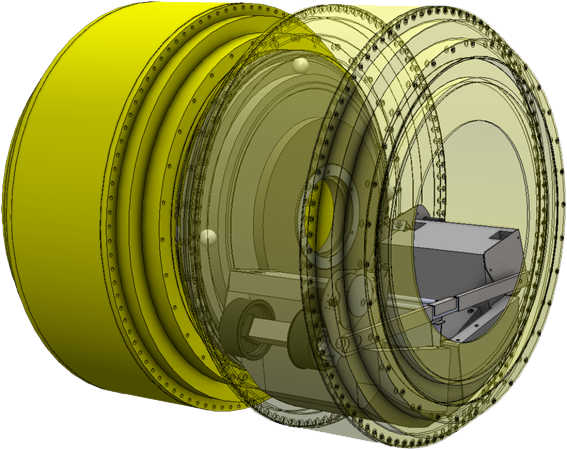
Technology
Technical Features of MAR
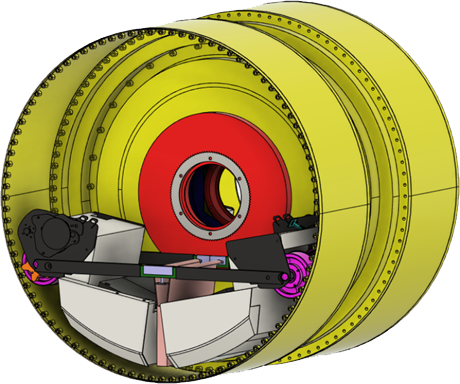
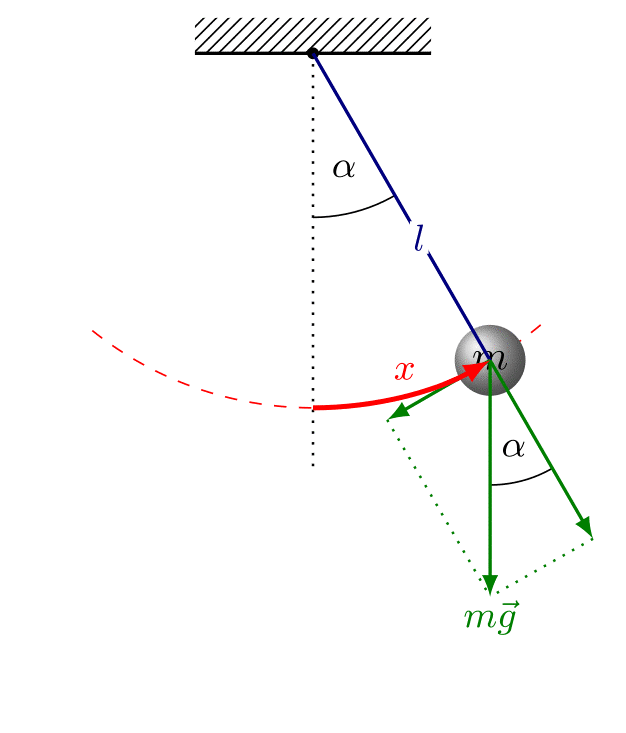
The system operates based on a very simple principle: two large wheels, each containing pendulums that rotate around a central axis. By shifting the pendulum, the center of gravity of the wheel moves, causing the wheel to roll in order to regain balance. The wheels are watertight, allowing the entire unit to float.
Inside the wheels are the pendulums, which house the batteries and motors.
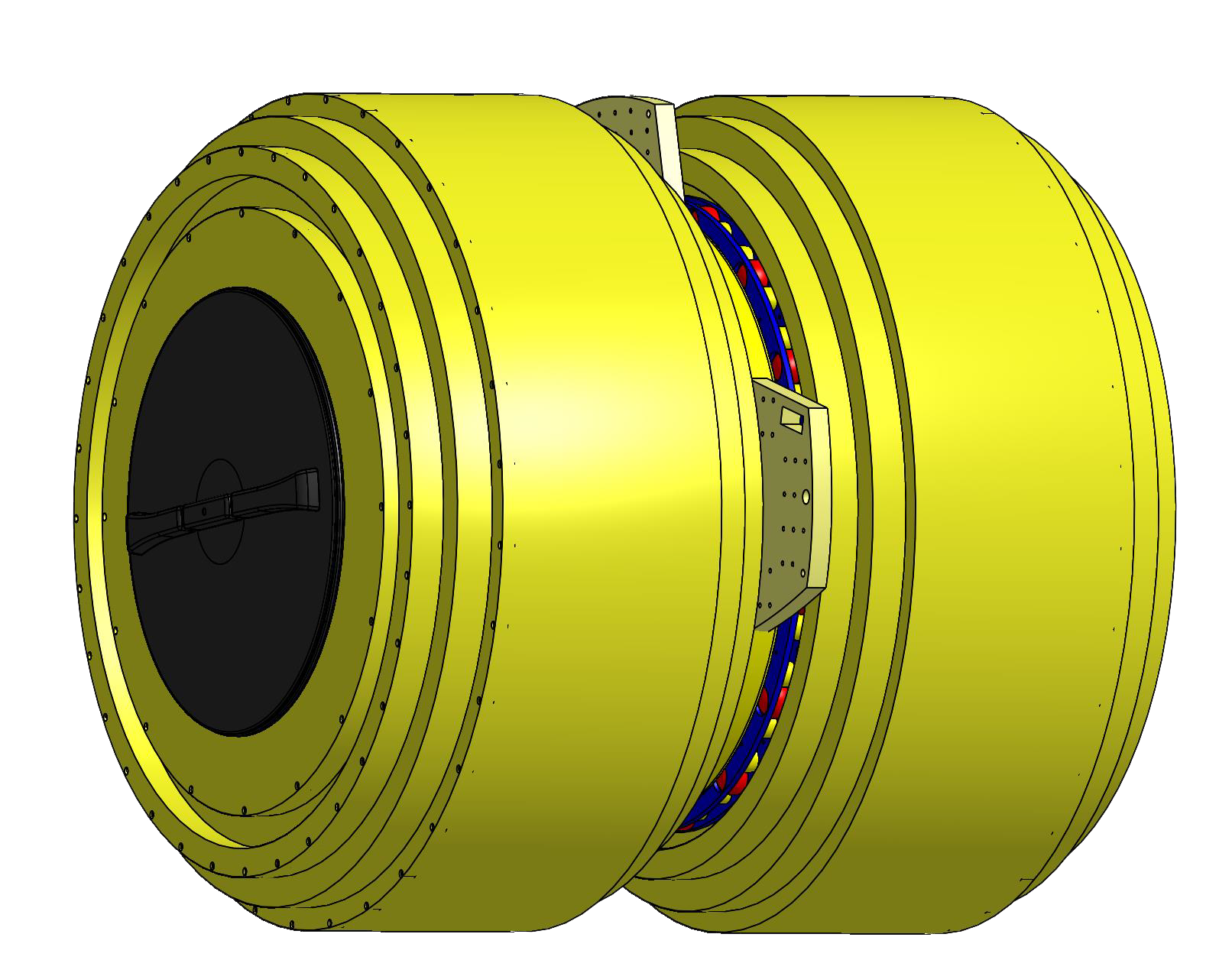
The propulsion is electric, and all potentially contaminating components are enclosed within the wheels.
Over time, the central body of MAR has been reduced in size and equipped with a ridge for mounting sensors and actuation tools, enabling its use in specific application fields.
Land Version
This is an integrated intelligent system designed for innovative and sustainable management of agro-environmental ecosystems. It is primarily intended for projects that employ innovative technologies in the field of precision agriculture, aimed at identifying non-invasive methods for real-time qualitative and quantitative crop assessment.
MAR is capable of acquiring data to determine plant health through various types of sensors and performing analyses for the extraction of vegetation indices and other synthesized information.
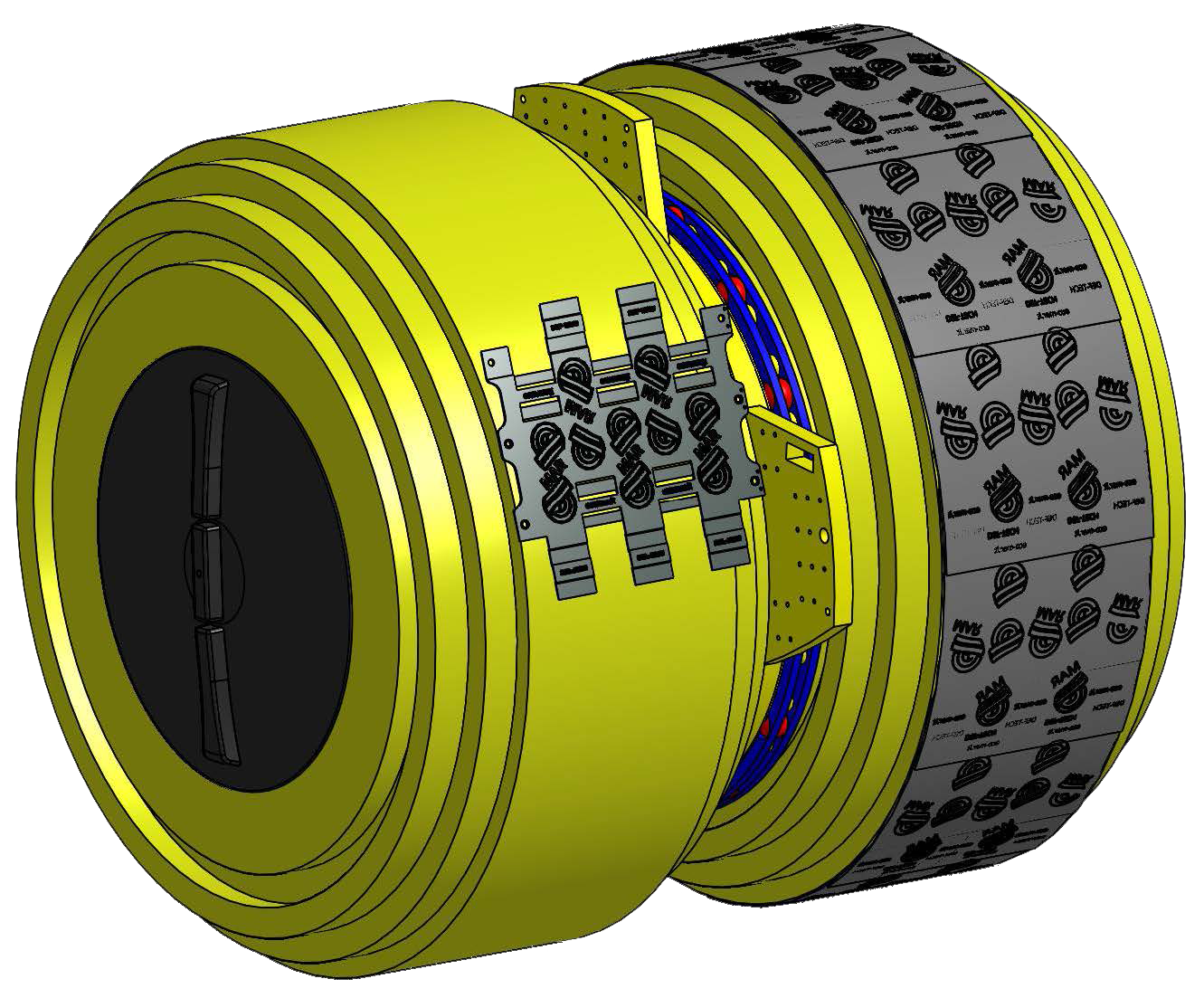
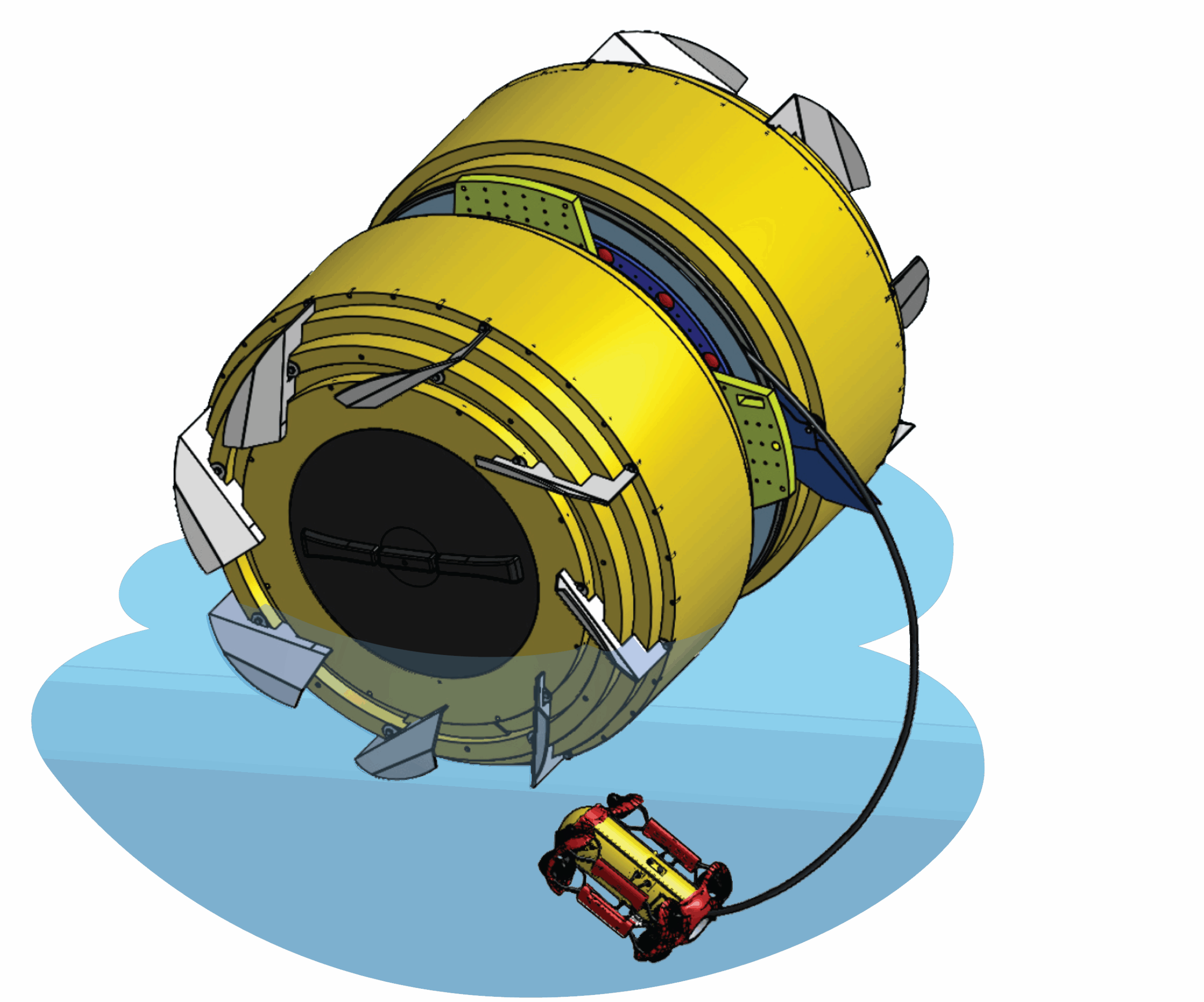
Amphibious Version
The amphibious version of MAR is designed to operate in aquatic environments and is equipped for detection, monitoring, and inspection tasks. The vehicle’s wheels can be fitted with paddles to provide propulsion in water. The wheels themselves are buoyant and serve as the primary means of propulsion, while also protecting the payload from the surrounding environment.
The vehicle has a low center of gravity, ensuring stability and the ability to automatically return to its original position in case of overturning.
Additionally, MAR can operate in adverse weather conditions where aerial drones are unable to fly.

Dimensions
• 1200 x 1300 x 1200 mm
Weight
• Total dry weight: < 200 kg
• Dry weight of motor unit cradle: < 90 kg
• Dry weight of central body: < 15 kg
• Sensor weight: Up to 5 kg
• Fully loaded weight: 350 kg
Payload Capacity
• Up to 150 kg (depending on terrain performance requirements)
Autonomy
• > 8 hours (continuous operation at 1 m/s on flat terrain)
Tipping Angle
• > 120° on the transverse plane; not applicable on the longitudinal plane (direction of travel)
Maximum Slope
• > 15% (on smooth terrain and depending on load)



